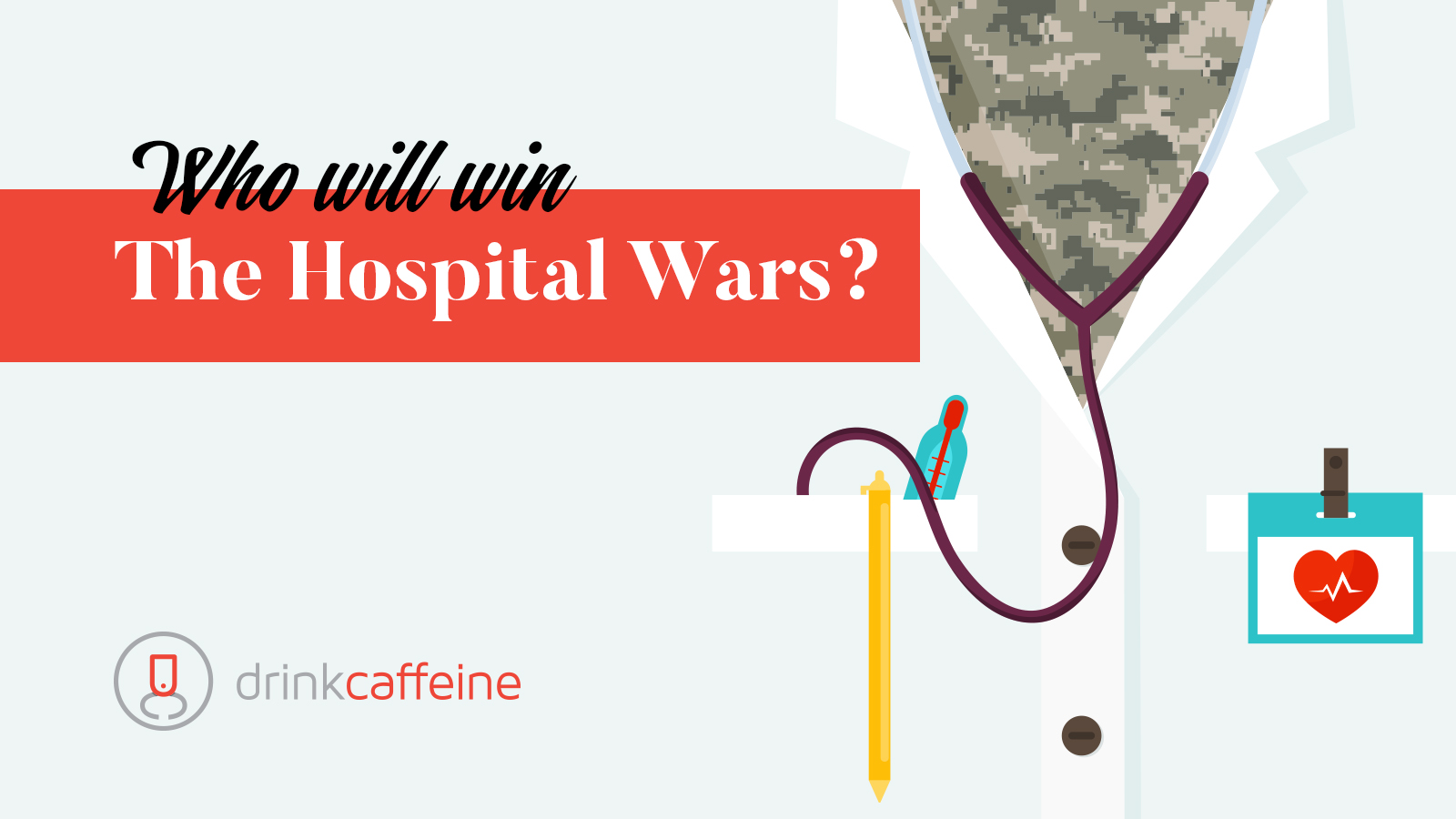Looking at Academic Medical Centers (AMCs).

Behold the Academic Medical Center, which we sometimes refer to as TAFKATH: The Artist Formerly Known as “Teaching Hospital.”
It’s no secret any longer that AMCs are among the best hospitals in the business.
US News & World Report reported that in 2017-2018, 6 of the 10 best hospitals in the country were teaching hospitals. UCSF. for example, was rated the best hospital in California and the 5th best hospital in the country.
Historically, there is research to support the claim that teaching hospitals produce better outcomes, both in terms of mortality, and across many practice areas.
That’s a pretty good report card. But we think AMCs can do even better.
3 problems, one opportunity.
AMCs, like other hospitals, are navigating three related structural issues.
1. An outdated business model. Healthcare analysts have remarked that today’s hospitals are modeled on a platform that cannot compete in a contemporary economy The problem with a fee-for-service structure is that it rewards hospitals for serving a higher volume of patients – at a time when we want people to look elsewhere for primary care. The emphasis for hospitals should be on outcomes, which are qualitative and driven by value. But until the business model is changed, hospitals constantly need more patients, bringing us to…
2. Rapid expansion. To attract more patients of all types, AMCs (and all hospitals) must expand their reach into new markets, which requires significant resources in staff, training, technology, infrastructure, equipment, and partnerships.
[That’s why, here in CT and elsewhere, we see traditional urban hospitals like Yale New Haven pressing into affluent suburbs, where they seek to attract patients requiring more profitable types of care such as joint replacement, sports medicine, and orthopedics.]
But rapid expansion brings AMCs into uncharted waters. Many are now aggressively combining an expanding menu of clinical practice areas with research, hospital network development, medical technology development, and many other initiatives all under one brand. Which leads us to…
3. Underfunding branding. The disdain hospitals have historically had for marketing often originated with doctors who considered it unseemly and unnecessary. There’s evidence that this attitude is still at work at an institutional level. Healthcare marketing expert Patrick Buckley wrote, “Most hospitals in the U.S. still spend less than one percent of their total operating revenues on marketing, whereas most retail businesses spend upward of 10 percent.”
This is where an opportunity exists for any AMC seeking a competitive advantage:
Adopt a brand position that is compelling, relevant, and valuable to consumers. Make it the basis of focused marketing spending. Explain why an AMC is the best option when considering a hospital as a brand of healthcare.
The AMC branding advantage
Historically, AMCs have branded on 3 pillars: Teaching, Research, and Clinical Care. It’s a strong trilogy that has equity.
The opportunity today: Academic healthcare brands should embrace their identity as educators and position themselves on their ability to teach, communicate, and guide patients.
Rationale: The rise of consumerism (and decline of paternalism) in healthcare has created consumers with many questions. This opens a door for AMCs to lead the education of the public regarding human health and healthcare: How to access it. When to access it. How to avoid misusing or overusing it. How it’s paid for. How to get the best possible outcome.
While many healthcare brands need to establish credibility as a source of knowledge, AMCs do not. The prefix of Yale, Harvard, UCLA, Duke, or Stanford in the brand name takes care of that. In sum, AMCs can be hospitals that “have all the answers.”
Differentiation: The point of branding
Most hospitals are still positioned no differently than the local auto repair place, which promises to diagnose what’s wrong with your car, fix it, and send you on your way. That’s why most hospital advertising features the latest technology and the best doctors. Snore.
The AMC branding opportunity – leadership through patient education – offers greater value to the patient by treating them as a consumer and enabling them to become a smarter patient.
It’s one way AMCs can emerge victorious in the Hospital Wars.
Contact us if you’re interested in a beverage.

